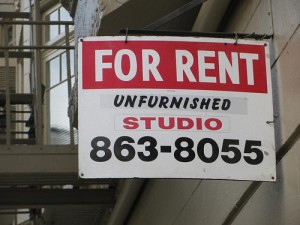Last Saturday I resolved to learn to be prolific. Key to this was writing a blog post every day. I aimed to only spend 15 minutes on each post, thereby ensuring I could work it into my day.
Saturday I posted Learn To Be Prolific. Sunday I posted Do Micro-Projects. Monday I posted Exercise Is Not Free Time. Tuesday I posted…nothing.
Failure.
Or rather…stumble. I like that word better. Because failure implies I won’t continue. But I will. Today’s post aims to get me back riding again.
In the end whether I succeed or fail has nothing to do with whether I miss a day here or there. Personal development and learning is not an either/or proposition. It’s a journey.
In fact, percentage-wise, I’ve written a post on 75% of the days I aimed to. In elementary school I’d get a C. Not great, but still a passing grade.
And, the best part is, with every passing day that I write another post, my grade gets higher. If I go an entire month only missing yesterday, I’m suddenly at 97% and looking pretty good.
Woody Allen said “80% of success is showing up”. I venture that 100% of showing up is picking yourself back up when you stumble and getting yourself moving again.
So with this post, I’m off to the races.




 With
With 
Recent Comments